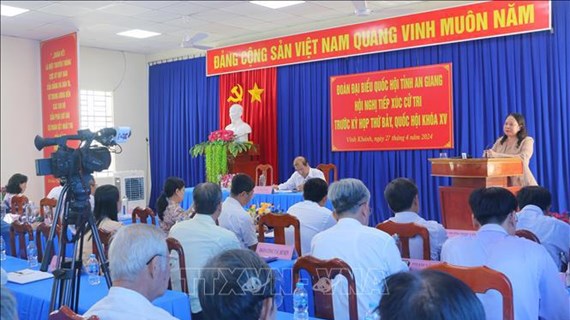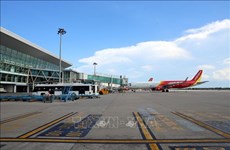Architecture of Hanoi: Harmonizing the New and the Old
The heritage of this land, encapsulated in various dimensions, finds pronounced expression in its architecture. Here, structures of yesteryear have given way to contemporary counterparts, while others have withstood the test of time, preserving the antiquity characteristic of their era.
Harmoniously coexisting, the seemingly disparate values of antiquity and modernity converge to form a captivating and unique architectural and cultural synthesis.
Within this amalgamation, the narrow and elongated tube houses of the historic Old Quarter stand alongside ancient communal buildings, temples, and gates, redolent with the rustic charm of the suburban past.
French colonial architecture, displaying neo-classical styles, local French-influenced architectural elements, Indochinese design motifs, and Gothic styles, collectively contribute to an architectural heritage that seamlessly blends Western urban aesthetics with a profound Eastern essence.
Subsequently, ancient Thang Long has witnessed the emergence of contemporary villas and townhouses, imprinting a modern touch onto the urban landscape during a specific historical epoch.
Lastly, the era of centrally planned subsidized economy housing has introduced modern architectural designs, culminating in a distinctive contemporary architectural profile for Hanoi.
Considering these architectural elements in a comparative light reveals their contrasting nature, distinctive attributes, and inherent beauty within each architectural genre.
In essence, while each modern structure serves as a symbol of integration, the lines and forms of the old persist as a tether anchoring the historical essence of the city./.













